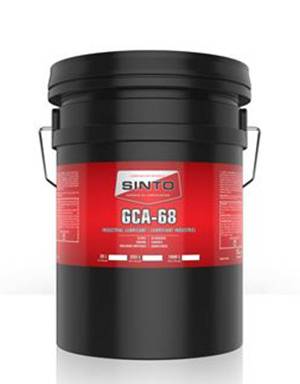Oct . 13, 2024 09:15 Back to list
High-Density Polyethylene Duct Pipe for Efficient Water and Drainage Systems Usage
Exploring HDPE Duct Pipe Properties, Applications, and Benefits
High-Density Polyethylene (HDPE) duct pipe has become increasingly popular in various industries for its exceptional properties and versatility. This article delves into the characteristics, applications, and advantages of HDPE duct pipes, highlighting their significance in today's world.
Understanding HDPE Duct Pipe
HDPE is a thermoplastic polymer made from petroleum. It is known for its high strength-to-density ratio, making it ideal for various applications, especially in the construction and telecommunications sectors. HDPE duct pipes are specifically designed for the installation of conduits that carry telecommunications cables, electrical wiring, and other necessary utilities.
Key Properties of HDPE Duct Pipe
1. Durability One of the standout features of HDPE duct pipes is their remarkable durability. They can withstand harsh environmental conditions, including extreme temperatures, UV radiation, and chemical exposure. This resilience ensures a long lifespan, often exceeding 50 years, which translates to lower maintenance and replacement costs.
2. Flexibility HDPE duct pipes possess a high degree of flexibility, allowing them to bend and curve around obstacles. This quality simplifies installation, particularly in complex infrastructure setups, and reduces the need for additional fittings and joints.
3. Lightweight Compared to traditional piping materials like PVC or metal, HDPE is significantly lighter. This property aids in more manageable transportation and handling, further contributing to decreased labor costs during installation.
4. Corrosion Resistance HDPE is inherently resistant to corrosion, which is a common issue with metal ducts exposed to various environmental factors. This resistance helps to preserve the integrity of the pipes over time, ensuring they maintain optimal functionality.
5. Low Friction Coefficient The smooth interior surface of HDPE duct pipes allows for reduced friction during the transmission of cables and utilities. This characteristic minimizes the risk of damage to cables and enhances the overall performance of the installation.
Applications of HDPE Duct Pipe
hdpe duct pipe

HDPE duct pipes are utilized across a wide array of sectors, each benefiting from their unique properties
1. Telecommunications These pipes are particularly essential for the telecommunications industry, providing protection for fiber optic cables and ensuring efficient data transmission. Their flexibility and durability are critical when laying out extensive communication networks.
2. Electrical Utilities HDPE pipes serve as conduits for electrical wiring, protecting cables from environmental hazards and physical damage. Their corrosion resistance is especially beneficial in environments where moisture and chemicals may compromise other materials.
3. Water Management While primarily designed for telecommunications and electrical use, HDPE duct pipes can also play a role in water management systems, including drainage and irrigation. Their durability allows them to withstand the pressures of both above- and below-ground applications.
4. Construction In construction, HDPE duct pipes are often used for installing HVAC systems and plumbing where protection from environmental damage is critical. Their lightweight nature facilitates easier handling and installation on-site.
Advantages of HDPE Duct Pipe
Choosing HDPE duct pipes offers several advantages
- Cost-Effectiveness The long lifespan and minimal maintenance requirements of HDPE pipes contribute to overall cost savings in both installation and operation. - Sustainability HDPE is recyclable, making it a more environmentally friendly option compared to traditional materials. Additionally, its longevity contributes to waste reduction. - Ease of Installation The lightweight and flexible nature of HDPE makes installation quicker and simpler, reducing labor costs and project timelines.
Conclusion
In summary, HDPE duct pipes represent a significant advancement in piping technology, offering robust solutions for telecommunications, electrical utilities, and beyond. Their unmatched durability, flexibility, and cost-effectiveness position them as a valuable choice for modern infrastructure projects. As industries continue to evolve, the importance of HDPE duct pipes will likely grow, solidifying their role in contemporary utilities management and construction. Whether for residential, commercial, or industrial applications, HDPE duct pipes provide the reliability and performance necessary to meet today's demands.
-
High-Quality PPR Pipes and Fittings Durable ERA PPR & PVC PPR Solutions
NewsJul.08,2025
-
Black HDPE Cutting Board - Durable, Non-Porous & Food Safe HDPE Plastic Cutting Board
NewsJul.08,2025
-
High-Quality CPVC Panel Durable HDPE & PVC Panels Supplier
NewsJul.08,2025
-
Double PE Welding Rod Supplier - High Strength, Durable & Versatile Welding Solutions
NewsJul.07,2025
-
High-Quality PVC-O Pipe Supplier Durable 75mm PVC Pipe & Connections Leading PVC Pipe Company
NewsJul.07,2025
-
HDPE Drainage Pipe Supplier – Durable & Corrosion-Resistant Solutions
NewsJul.06,2025

